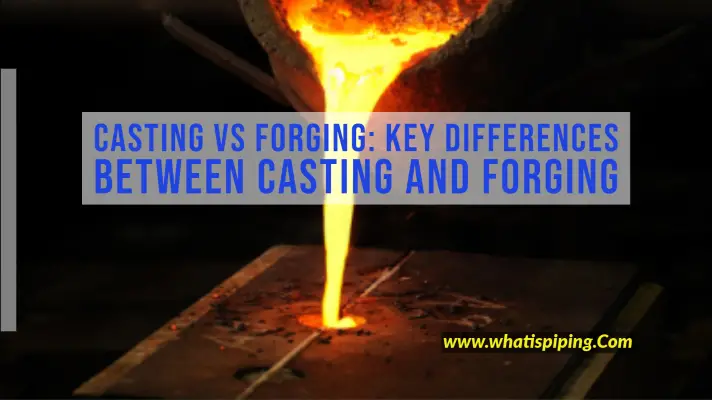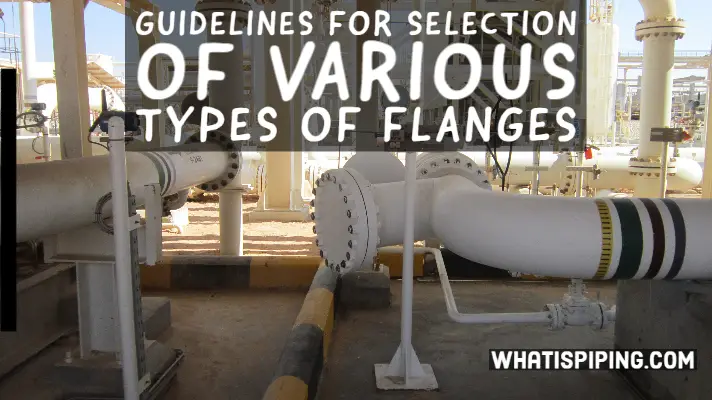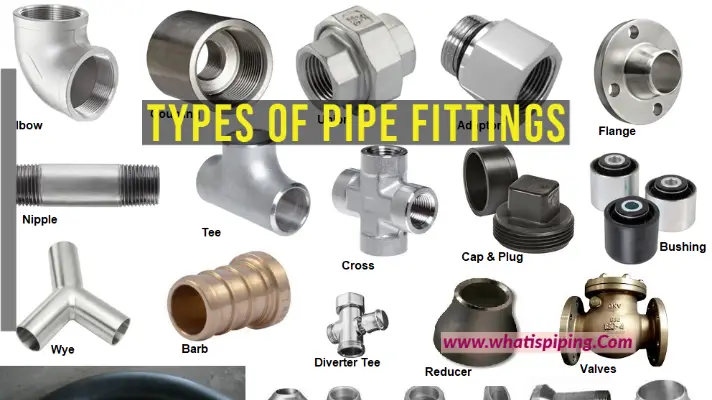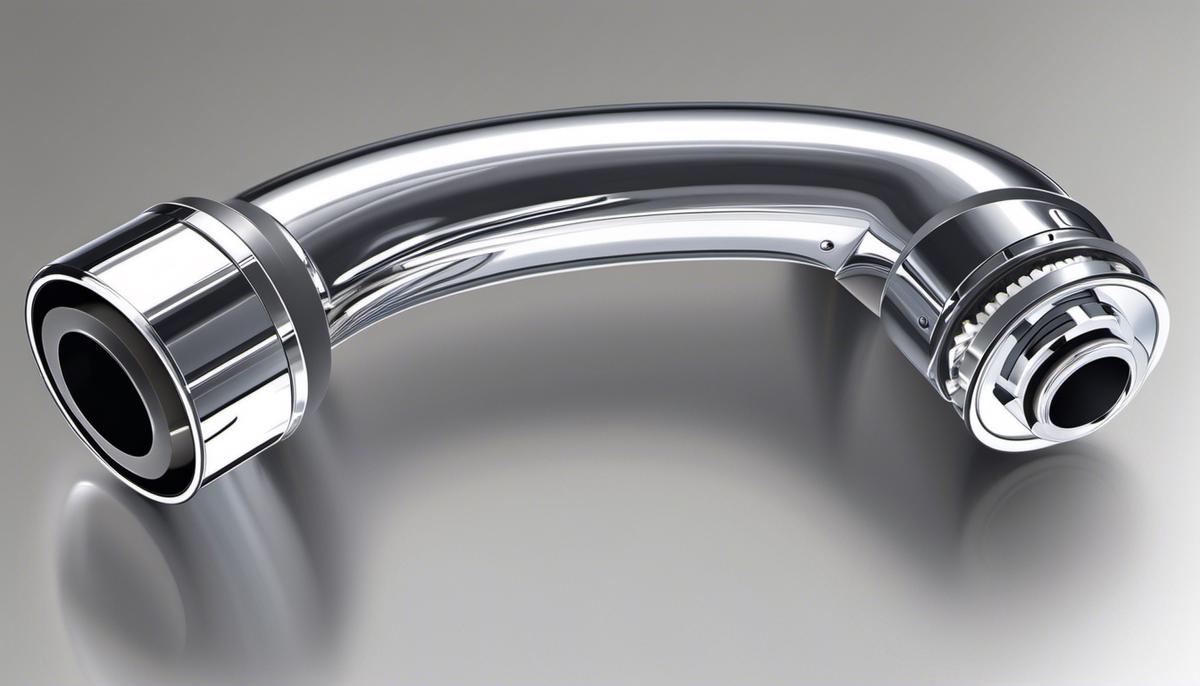ASTM A105 or ASME SA105 is a specification for forged carbon steel piping components suitable for ambient and high-temperature services. They cover various pipe fittings (Tee, elbow, coupling, etc) and components like flanges, valves, etc.
All A105 components are made by forging with a weight limitation of a maximum of 4540 Kg (10,000 lb). Larger forgings beyond 4540 Kg are covered under specification A266. ASTM A105 material finds wide application in the piping and pipeline industry and is suitable for a range of services within a range of -29 Deg C to +425 Deg C. This carbon steel specification does not cover tube sheets and hollow cylindrical forgings for pressure vessel shells
Properties of A105 Steel
Killed carbon steel materials are used for making A105 forged components. A105 materials have a Specific Gravity of 7.9 and a melting point of 2740 Deg F. They have very good machinability and weldability.
The chemical composition of A105 Steel consists of the following elements:
- Carbon: ≤0.35 %
- Manganese: 0.60-1.05 %
- Phosphorus: ≤0.35 %
- Sulfur: ≤0.40 %
- Silicon: 0.10-0.35 %
- Copper: ≤0.40 %
- Nickel: ≤0.40 %
- Chromium: ≤0.30 %
- Molybdenum: ≤0.12 %
- Vanadium: ≤0.08 %
Additionally, there are two other criteria for ASTM A105 material that must meet. Those are:
- The sum of copper, nickel, chromium, molybdenum, and vanadium must be ≤ 1.00 %, and
- The sum of chromium and molybdenum must be ≤ 0.32 %.
The mechanical properties of A105 steel forgings are as listed below:
- Minimum Tensile Strength: 70,000 psi (485 MPa)
- Minimum Yield Strength: 36,000 psi (250 MPa)
- Minimum Reduction of area (0.2 % offset method or the 0.5 % extension-under-load method ): 30%
- Maximum Hardness: HBW 197. The usual hardness range for ASTM A105 carbon steel forge material is 137 to 197 HBW.
The maximum Carbon Equivalent [CE= C + (Mn/6) + (Cr+Mo+V)/5 + (Ni+Cu)/15] for A105 steel material shall be limited to a maximum of 0.48
Difference between A105 and A105N
Many a time we find the letter N is attached to A105 steel material. So, a question automatically arises if A105 and A105N are the same or not. If different then what are the differences between A105 and A105N materials?
The base material for both the above are the same and is A105 and both have the same chemical composition. The letter N in ASTM A105N denotes a specific heat treatment type. In general, A105 does not have specific heat treatment requirements while A105N needs normalizing heat treatment. This heat treatment makes A105 and A105N materials different from each other. The main differences between A105N and A105 can be mentioned as follows:
Due to normalization treatment, A105N has a better mechanical properties than regular A105 steel. The strength of A105N is improved by the normalization heat treatment. Also, A105N provides better performance in low-temperature service. Because of this A105N is recommended for critical applications.









This is wonderful, I have always wondered what the “N” denotes. I have learnt a lot from this Sir.
Thank you Anup
Hello!!
Does heat treatment for A106N also apply after welding.
Regards,
Please check clause UCS-66 for material curves.
COULD YOU GIVE US THE P NUMBER AND G NUMBER OF A105N
Nice to see this Blog. Thanks for sharing the knowledge